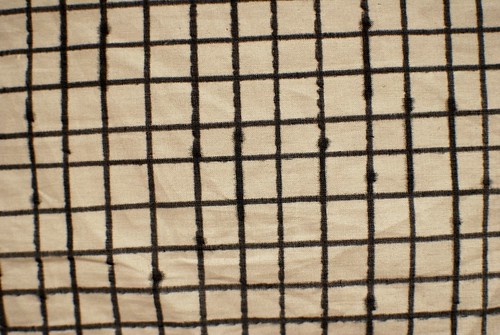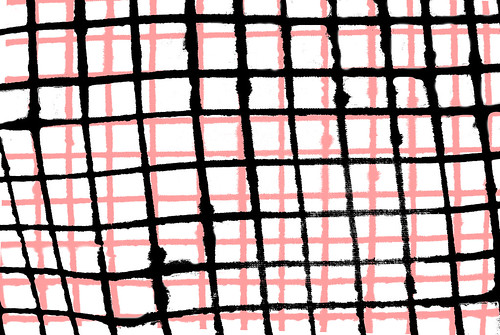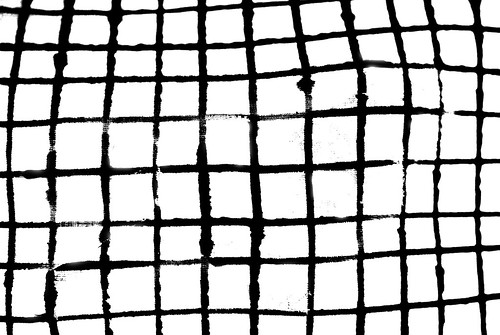In this exercise you will attempt to comprehend the solidity of the model — its weight — the fact that it exists in space and moves in space in every direction…
—Nicolaides, The Natural Way to Draw

What makes a solid thing solid? Where does it get its mass and its weight? How do forms become visible? How do they interact with space and light?
Before Einstein, there was the Luminiferous Aether, a gift of the Greeks. Newton imagined the aether as a “much subtler Medium than Air” permeating the universe.[1] Light merely traveled through this “subtler Medium”. Forms displaced the aether, altering light’s movement and becoming visible. The aether sat still, the invariant reference relative to which all motion and energy had measure.
And then Einstein did the unimaginable: he varied the reference. His Theory of Relativity showed that any set of objects following the same pattern of motion will obey the same physical laws regardless of their relation to any hypothetically invariant aether. Motion and energy are relationships between objects within a frame of reference. There is no aether. Light is the constant. Light and the physical laws.

A visualization of the effect of relativistic rates of travel on the observer’s light cone.(via wikipedia)
But how does light interact with forms in this new picture? Instead of a stationary aether invisibly filling space, Einstein imagined space and time themselves as a malleable fabric, pocked and stretched by the presence of large objects. Planets and stars sunk into the fabric, gathering it around themselves, causing smaller bodies passing nearby over the fabric’s surface to veer off course and fall into orbits as their original momentum kept them eternally spinning around the depressions in the space time fabric. Imagine marbles rolling past bowling balls suspended on a taut sheet.
This is General Relativity:

To know a form’s weight, Nicolaides advises, examine how its energy resists and distorts the objects around it:
In fact, you can think of weight itself as having energy. The weight of a stone presses into the ground. As you attempt to lift the heavy object, its weight resists you. It is that understanding of its resistance to our energy that gives us a real awareness of weight.
Nicolaides equates a form with its gravity. How can you make a drawing that makes visible a form’s gravity? Einstein’s idea of distortions in space-time fabric suggests a way.
Given: a grid. Inscribe it on a malleable plane. The plane is like Einstein’s space-time fabric un-distorted by planets or stars.
Now, take this grid and introduce an object. The object stretches the plane, makes it sag. The grid makes these distortions visible. A photograph records the distorted grid, capturing the form in the deviations from its neutral state.
The result is a kind of “gravitygraph”. Below, I’ve presented two examples: a gravitygraph of a hand and another of a set of keys. Not cosmological scale bodies, but body scale ones.
I’ve rendered each gravitygraph three different ways. First, the distorted grid itself. I processed the photographs to reduce the grid to its most basic graphic form, eliminating any information that arose from any source other than the object’s weight on the grid.
Second, I took this basic graphic grid and overlaid the original undistorted grid as a guide to make visible the extent of the distortions:
And finally, the photograph itself — complete with its additional tonal and color information — revealing the original object, now conventionally visible on the other side of the grid.
Here’s the same three stages again for a gravitygraph of a set of keys.
Grid:
Overlay:
And original photo:








